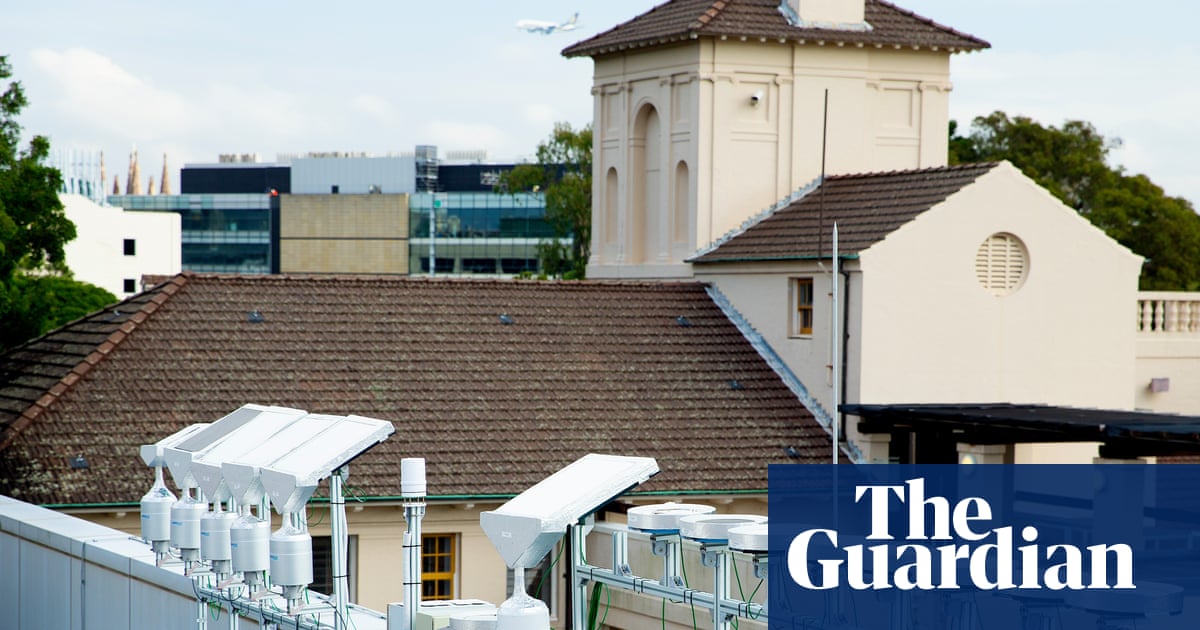Three centuries ago, the British navy dealt a devastating blow to the Spanish crown, sinking a treasure-laden warship beneath the waters of the Caribbean. Loaded with gold, silver and emeralds and estimated to be worth as much as $20 billion, the galleon — named the San José — has long been the stuff of legend.
Now researchers claim to have uncovered the clearest evidence yet of its final resting place.
In late 1707, a group of Peruvian merchants and officials travelled to Portobelo, on the northern coast of Panama, carrying the treasure, which was destined for the Spanish treasury.
There, they met Spain’s Tierra Firme Fleet, which held a monopoly on transporting royal wealth between South America and the Iberian peninsula and was led by its flagship, the San José.
After sailing from Portobelo, the galleon and its escorts were ambushed by a British squadron under the command of Charles Wager. A broadside from British guns ruptured the hull of the San José, triggering a massive explosion in its powder magazine and sending the ship to the ocean floor. In 2015, a wreck that appeared to be a good candidate for the galleon was identified by the Colombian navy. However, its identity has not been conclusively proven. Coins and objects believed to be part of the debris from the San José shipwreck ARC-DIMAR 2022/VARGAS ARIZA ET AL. ANTIQUITY 2025 The new study used sophisticated underwater imaging to analyse some of the cargo of the sunken ship. Using a remotely operated underwater vehicle, researchers captured high-resolution images of coins scattered near the wreck’s stern. A detailed 3D reconstruction of the coins suggests that they are hand-struck silver “cobs” or “macuquinas” — bearing the heraldic symbols of Castile and León and a clear mint date of 1707. The details suggest that they came from Peru. DIMAR 2022/VARGAS ARIZA ET AL. ANTIQUITY 2025 This, along with other evidence such as the presence of Chinese porcelain from the Kangxi period (1662–1722) and inscriptions on the cannons dating to 1665, fit with the ship sinking in the early eighteenth century. “This body of evidence substantiates the identification of the wreck as the San José Galleon,” said Daniela Vargas Ariza, lead researcher from Colombia’s Naval Cadet School and the National Institute of Anthropology and History. “The finding of cobs created in 1707 at the Lima Mint points to a vessel navigating the Tierra Firme route in the early eighteenth century. The San José Galleon is the only ship that matches these characteristics”. Minted in Lima, the coins would have formed part of a vast royal cargo collected in Peru — including gold, silver, emeralds from the Andes, pearls from Panama, and possibly diamonds. All were bound for Spain before fate and British cannon fire intervened. The San José’s cargo was intended to finance Spain’s defence against Britain, Austria and the Dutch Republic. Instead, it became a ghostly legend, sparking centuries of rumour, speculation and international legal wrangling over ownership rights. Wager’s Action off Cartagena by Samuel Scott, c 1747. The painting depicts the famous naval battle in which the San José was sunk Despite its discovery a decade ago, the Colombian government has so far declined to collect goods from the wreck. In a paper published in the journal Antiquity, Vargas Ariza and her colleagues suggest that the archaeological analysis was only just getting started. “This find presents a rare opportunity to explore an underwater archaeological site and deepen our understanding of colonial maritime trade and routes,” they write. “It represents only the first step in a long-term project. The initial phase focuses on non-invasive surveys, with no plans for object recovery or excavation until the entire site is fully characterised.” If the treasure was confirmed and brought to the surface, a legal battle would almost certainly follow. Colombia and Spain have both laid claim to the San José and its cargo, while indigenous groups argue they are owed reparations as their ancestors mined the treasure. An American salvage company, Sea Search Armada, has also claimed a share, alleging that it located the wreck and informed the Colombian government on the understanding that it would get half. 


.png)




